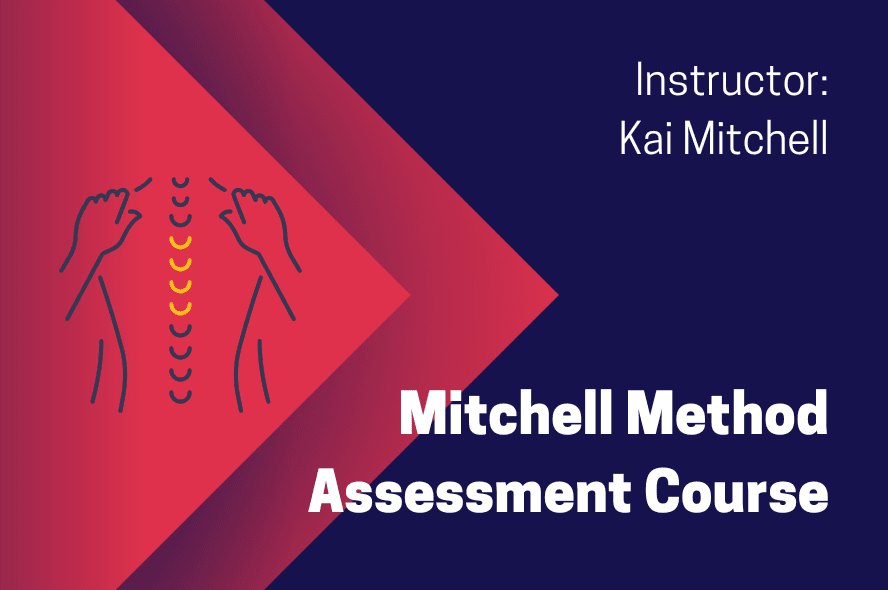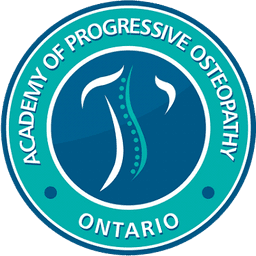Mitchell Method Assessment Course
Back to courses
In this course, Kai Mitchell, son of Dr. Fred Mitchell Jr. and grandson of Dr. Fred Mitchell Sr., continues the family tradition of osteopathic concept development and osteopathic technique instruction. This series commences with the Mitchell Muscle Energy Technique (MMET) courses, which have been continuously redeveloped and refined by the Mitchell's since its inception decades ago.
In June, we will be happy to present the 5-day-long Mitchell Method Assessment Course which involves not only a review and further refinement of the previous material, but also covers the integration of different models and modalities including, but not limited to: MMET, Mitchell Rational Cranial Osteopathy, Mitchell’s Intra-Osseous Technique, Mitchell’s Respiratory Dyskinesia model and Dynamic Muscle Function Model. Other modalities not included in the course but easily assimilated into this system include any therapy targeted to a manipulable condition specific to a particular region, including Jones Strain/Counterstrain, Chapman’s Neurolymphatic Reflexes, and other neurologic and neuroreflexogenic normalizations.
The Mitchell Method Assessment course is scheduled for June
20th – 24th , 2024.
This course provides a comprehensive system and framework for structural head-to-toe evaluation, providing examples of clinical problem solving utilizing the MET model as conceived by Dr. Mitchell. The course involves a discussion on the incorporation of the following techniques, above and beyond
Muscle Energy Technique, and Rational Cranial Osteopathy:
MITCHELL’s ACTIVE RESPIRATORY TECHNIQUE (ART) is a derivation of
Mitchell Method MET, which is focused solely on the evaluation and treatment of respiratory dyskinesia. There will be a description of what constitutes a respiratory dyskinesia, as well as the clinical implications. While the force of contraction in some muscles may be not be great in response to any single respiration, the fact that it occurs every time one inhales (estimated to be 16,000 to 22,000 times/day), can result in the distorted mechanics and even an alteration in the shape of the associated bone. This technique provides a significant contribution to the practice of Manual Osteopathy which seeks to identify and address the presence of respiratory dyskinesia, dysfunctions which have profound implications for cranial osteopathy, intraosseous strain, persistent pain pathologies, impaired movement patterns, etc. With Mitchell’s Respiratory Dyskinesia model and Dynamic Muscle Function model we gain new and exciting developments in understanding muscle function and organization, bringing new possibilities for addressing neuromuscular impairments and pain.
MITCHELL INTRAOSSEOUS TECHNIQUE (MIT) is a stand alone system that
focuses on the manipulable deformations and strains within bone which, when present, result in many health impairments including, but not limited to, altered shape of the bony structure, osteokinematic distortion, impaired arthrokinematic, fibromyalgia-like symptomology, persistent inflammation,
and may advance the progression of osteopenia/porosis. In addition, intraosseous strains likely impair many important physiologic processes that occur within bone, clearly a subject for future research.
Health Benefits for the Patient
The various restorations in health achieved with the above mentioned interventions have beneficial effects on:
- Reducing structural stresses and inflammation when structural motion is improved and unimpaired;
- Reducing neurologic compromise and thereby improving feedback functions and regulation;
- Improving the bodies respiratory functions which in turn help to regulate pH in the body, allow for cellular respiration, and provide much needed oxygen throughout the body;
- Circulatory function by reducing impediments to flow and – in conjunction with respiratory function – maintaining optimal rate of flow in the venous system which, based on the Bernoulli principle, more efficiently pulls interstitial fluid back in through capillary beds (allowing waste and toxins to be removed and nutrients to reach their targets at a cellular level);
- Improved lymphatic drainage
and flow; - Visceral function, which is dependent on all of the above functions and
is effected by structural impairments; - Bone health and reduced structural stress
on osseous elements; - The ability of the body to more successfully adapt and compensate for impairments acquired and stresses endured.
Dates:
- 2024-06-20
- 2024-06-21
- 2024-06-22
- 2024-06-23
Cost: $1500 CAD
